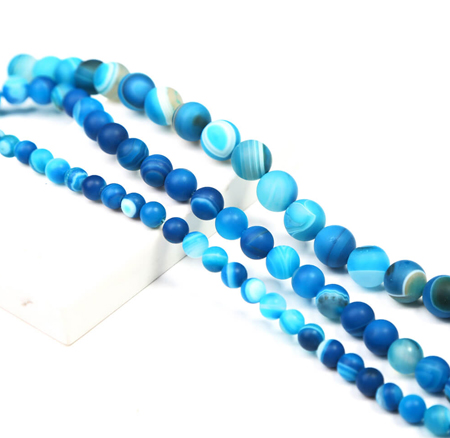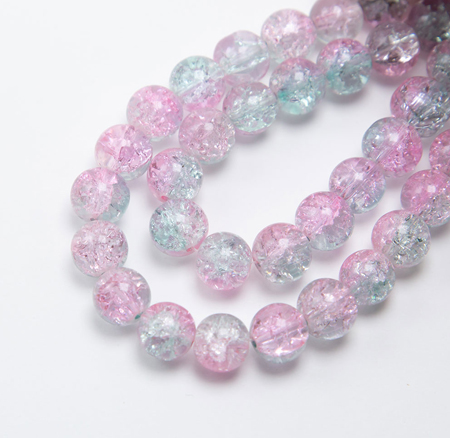Easy Ways to Calculate Bead Sizes
Time of issue:2024-02-07
Calculating bead sizes accurately is essential for creating well-proportioned jewelry and beadwork. Beads come in various sizes, and understanding how to measure them can make your projects more successful. Here are some easy ways to calculate bead sizes:
1. Use a Bead Sizing Chart:
One of the simplest ways to determine bead sizes is by using a bead sizing chart. These charts are readily available online and in beading books. They provide images and measurements of beads, allowing you to compare your beads to the chart to identify their size. To use a bead sizing chart:
Place your bead next to the images on the chart.
Find the image that closely matches the size and shape of your bead.
Check the measurement provided next to the image to determine the size.
2. Measure with a Caliper:
A digital caliper is a precise tool for measuring bead sizes. Here's how to use it:
Place the bead between the caliper's jaws.
Gently close the jaws until they touch the bead on either side.
Read the measurement displayed on the caliper's screen.
Digital calipers allow you to measure beads accurately in millimeters or inches.
3. Use a Beading Gauge:
A beading gauge is a handy tool designed explicitly for measuring beads. It typically consists of multiple holes of various sizes, each labeled with the corresponding bead size in millimeters. To use a beading gauge:
Insert your bead into the holes one by one.
Find the hole that fits your bead snugly without forcing it.
Read the label next to the hole to determine the bead size.
4. Count Beads per Inch:
For small seed beads or other uniformly sized beads, you can count how many beads fit within an inch. This method is more applicable to seed beads and smaller sizes. For example:
Place a ruler or measuring tape next to a row of beads.
Count the number of beads that fit within one inch.
Divide 1 by the number of beads counted to find the size of each bead in inches. For example, if you counted 20 beads in one inch, each bead is 1/20th of an inch in size.
5. Use a Beading Needle or Wire Gauge:
Beading needles and wire gauges often have sizing information etched onto their surface. These tools are primarily used for selecting the right size of needle or wire for your project. However, you can use the markings to estimate bead sizes by comparing your beads to the labeled sizes.
6. Compare to Known Beads:
If you have beads of known sizes, you can compare your unknown beads to them visually. Lay out the known beads next to the unknown ones and compare their sizes. This method is less precise than using a tool or chart but can be useful for approximate sizing.
Remember that beads can have variations in size even within the same size category, so it's a good practice to measure or compare beads individually for the most accurate results. Accurate bead sizing is crucial for achieving balance and symmetry in your jewelry and beadwork projects.
Keyword:


